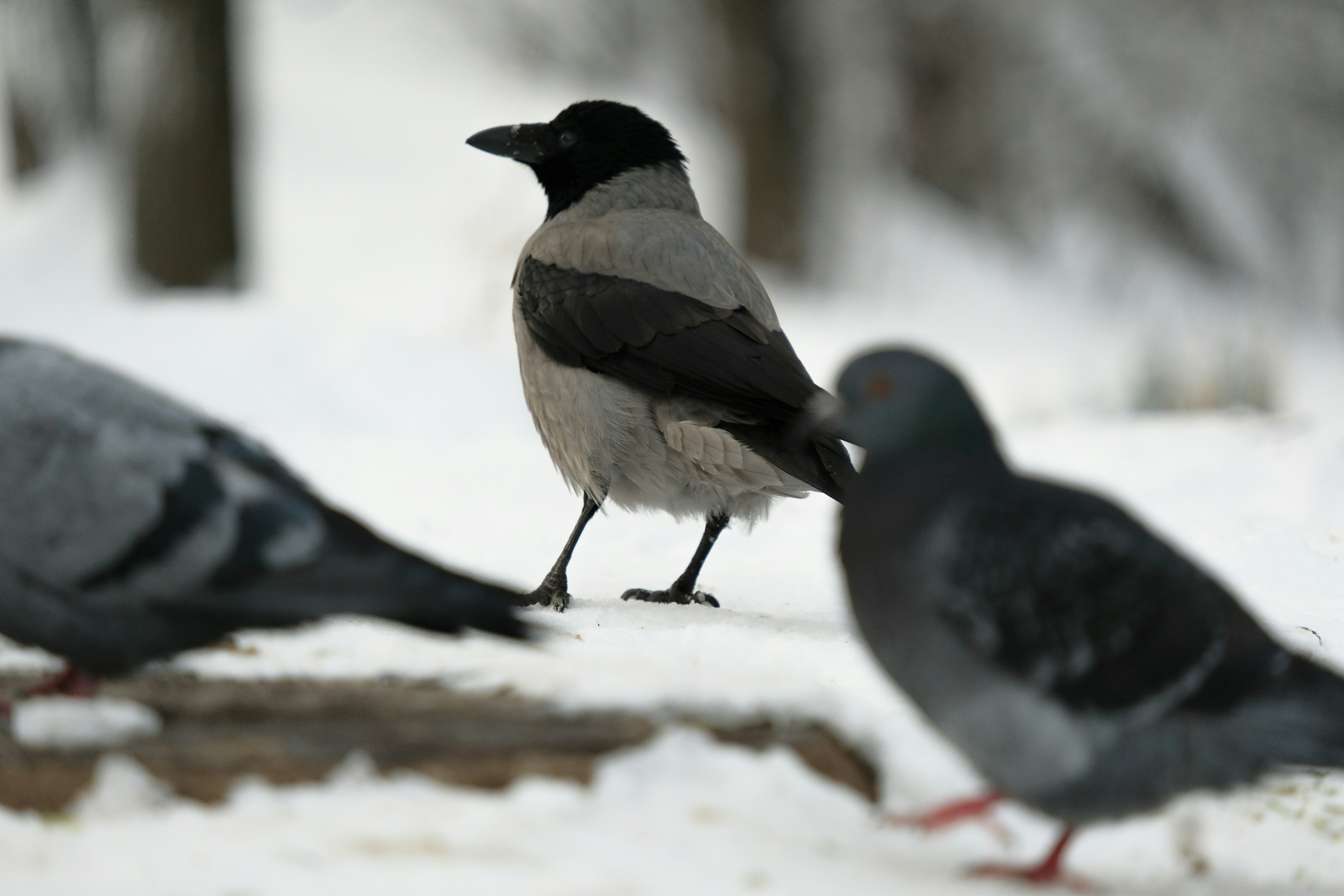Intelligent Intruders: Understanding the Behavior of Black Crows
December 28, 2023 | by BlackCrow.com
 Photo by Semyon Borisov on Unsplash
Photo by Semyon Borisov on Unsplash When it comes to iconic birds, the black crow is one that often comes to mind. With its distinctive black feathers and intelligent nature, the black crow has fascinated people for centuries. In this article, we will explore everything you need to know about this remarkable bird.
Appearance
The black crow, also known as the American crow, is a medium-sized bird with jet-black feathers. It has a sturdy build, measuring around 17 to 21 inches in length and weighing between 11 to 21 ounces. Its wingspan can reach up to 39 inches.
Habitat
Black crows are highly adaptable and can be found in various habitats across North America. They are commonly seen in forests, woodlands, farmlands, urban areas, and even coastal regions. These birds are known for their ability to thrive in both rural and urban environments.
Behavior
One of the most fascinating aspects of black crows is their high level of intelligence. These birds are known for their problem-solving skills and ability to use tools. They have been observed using sticks to extract insects from tree bark and even dropping nuts from great heights to crack them open.
Black crows are also highly social creatures. They often gather in large flocks, especially during the non-breeding season. These flocks serve multiple purposes, including protection, foraging, and roosting. Crows are known to communicate through a variety of calls and gestures.
Diet
Black crows are omnivorous, meaning they eat both plant and animal matter. Their diet consists of a wide range of food, including fruits, seeds, insects, small mammals, eggs, and carrion. They are opportunistic feeders and can adapt their diet to the available resources.
Reproduction
Black crows are monogamous and form long-term pair bonds. They usually breed between March and May, building their nests in trees or tall structures. The female lays 3 to 9 eggs, which both parents take turns incubating for about 18 days. After hatching, the chicks are cared for by both parents until they fledge at around 35 to 40 days.
Conservation Status
The black crow is not currently listed as a threatened species. Its adaptability and wide distribution have contributed to its stable population. However, like many other bird species, black crows face threats such as habitat loss, pollution, and persecution.
In conclusion, the black crow is a remarkable bird with its striking appearance, intelligence, and adaptability. Its behavior and role in various cultures make it a subject of fascination and intrigue. By understanding more about this iconic bird, we can appreciate the important role it plays in our ecosystem.
RELATED POSTS
View all


